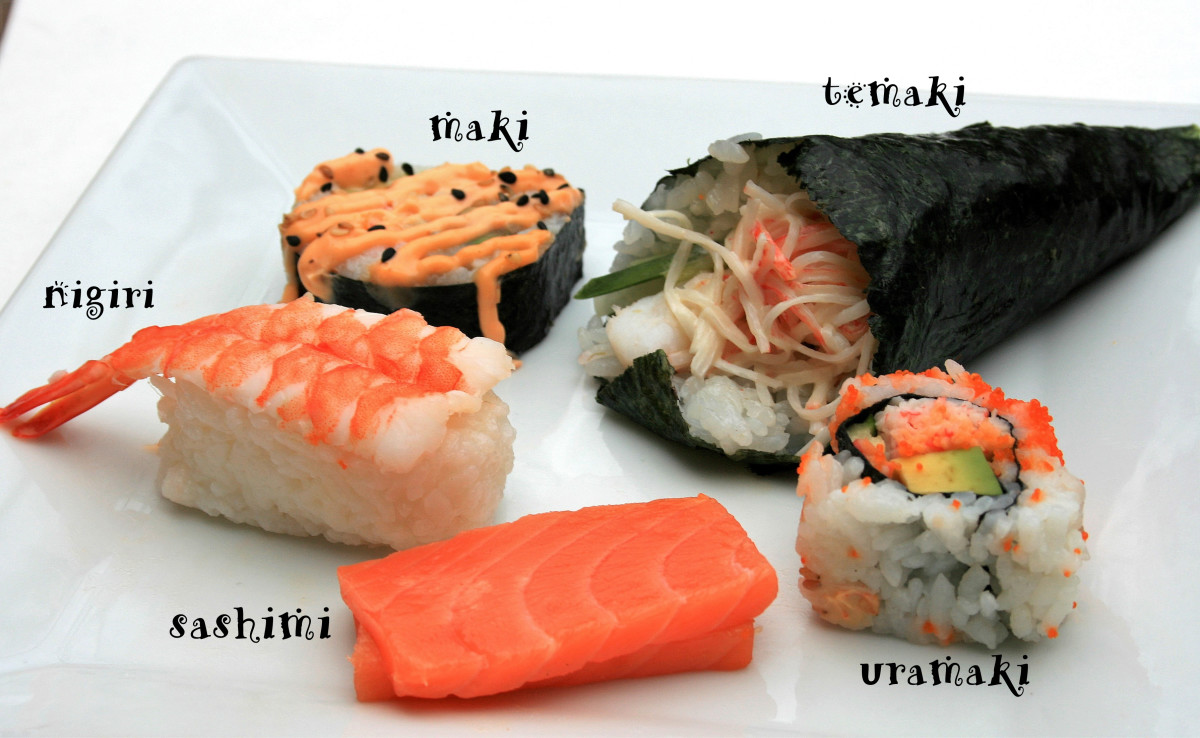How Many Pieces in a Sushi Roll? Explained Comparatively
– Most sushi rolls contain between 6 to 8 pieces
– Thicker rolls will typically contain fewer pieces than thinner ones
– The most common number of pieces for a sushi roll is 6 or 8
– The most common ingredients in a sushi roll include vinegared rice, nori, and various fillings like raw fish, vegetables, and pickled items
– Some sushi rolls may contain more than one filling
– Sushi chefs may garnish the top of the roll with sesame seeds or other decorative toppings
– To make a sushi roll, one needs to prepare ingredients such as cooked rice, fish or vegetables, spread the rice over a sheet of nori, place the fillings, and roll it tightly into a log shape before slicing it into individual pieces
– Sushi rolls typically range from 7″ to 8″ in size
– Adults can safely enjoy up to 10-15 pieces of sushi per week
– Ordering three rolls can result in 18-24 pieces of sushi
– One roll is recommended per person when ordering for a group
– Makizushi is prepared by rolling rice, fish, vegetables, or other fillings with nori seaweed and cutting it into many pieces
– Temaki is served as one big piece, like an ice-cream cone
– Raw sashimi can stay fresh in the refrigerator for up to two days, while cooked sushi can last longer
– Sushi rolls may not be as satisfying of a meal as they appear, as the sauces and toppings used can be high in fat, resulting in a lack of sufficient protein and fiber to make a person feel full and allowing calories to accumulate rapidly.

